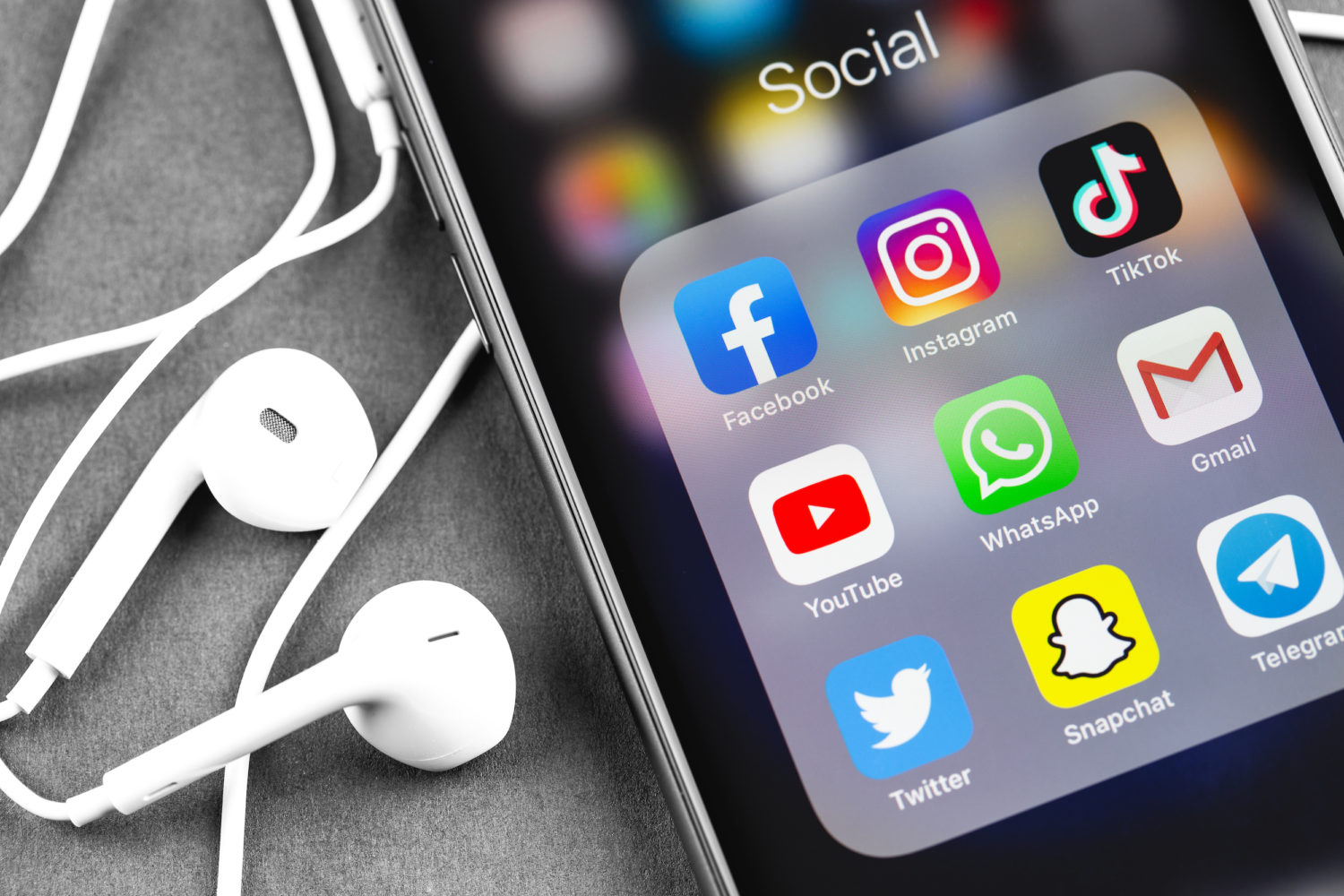It’s a Faustian bargain that publishers have made over and over. News organizations partner with a big technology company like Facebook or TikTok and ultimately the platforms optimize for things like personal user data, on-platform engagement or competing against other platforms all at the expense of the publishers’ end of the deal.
Occasionally Big Tech comes to the table with check in hand to entice the largest publishers back to the table, but as we’ve seen, Facebook and other platforms are fair-weather friends. When times get tough, platforms are fast to find new content creators to replace their former and fading news partners. Then again, if they have a feature they want to infill with content, they’ll come right back to news publishers to fill that trough.
This on-again-off-again relationship has taken place several times and will almost certainly continue. The fact is, publishers need the platforms more than the reverse. It’s no exaggeration to say that technology platforms have amassed the largest audience in history. Even Frodo Baggins of the Shire could not turn down such influence. A major shift in power notwithstanding, this dynamic won’t change. This means publishers will come back almost every time when a new deal is being offered.
But news publishers should be aware of exactly what compromises they have to make to eke out a win and what they can do to shield against the downside when that too inevitably comes.
First they clamp down on reach
The most obvious critique of platforms is made succinctly and perfectly by Neil Patel, one of the most influential web marketers of the last two decades. Platforms ranging from Pinterest to TikTok grow by promising users “reach” and eventually clamp down on that reach in order to squeeze out advertising revenue.
Let’s call this like it is, a classic bait and switch. You work so hard to find your audience on a platform only to have them torn away. A key lesson is that publishers should not confuse reach on a platform with validation. The audience can be just as fickle as the algorithm, which means the return on investment could be short lived. The best defense here is to convert early and often.
Converting an audience from a “watcher” to a digital subscriber isn’t easy. Take a look at the recent wave of complaints from the largest TikTok stars. Having a million followers is great, but it doesn’t guarantee financial success. There are only a handful of ways to make money and the oldest one is direct consumer purchase.
This might hint to one of the few places where publishers, especially local, have an edge on platforms. You know your audience and you have access to information that isn’t available on the platforms. Figure out the unique value proposition you have and lean into that. Tout it often to convert “followers” into loyal readers and eventually further down the pipeline to subscribers.
How much of the editorial vision is yours?
Another trump card platforms hold is that the features and products they push shift the editorial sands under your feet. If a platform says “pivot to video,” publishers seem to bark back, “Sir, how short, sir!”
Publishers around the world change their editorial output and production flows spurred by inorganic requirements that the platforms push upon them. If the content management system is your first editor and big tech platforms are just publicly available CMSes, then every product change they make will influence your editorial output.
Content creators complaining that Instagram is becoming too much like TikTok are in part pushing back on new production requirements imposed on them by platform changes that emphasize video. Even more of a slap in the face, it shows that platforms value content and user engagement over their relationship with the content creators, as Substack CEO Hamish McKenzie writes on Twitter. We’ve seen this approach as far back as 2016 when I noted that Facebook features are often forced onto users rather than built off organic demand.
Publishers get whiplash from having to learn how to repackage their content every 18-24 months in order to lean into whatever feature is the hot new craze.
So what’s an architect to do?
As the old adage goes, a fool builds their house on a bed of sand. This doesn’t mean you should avoid the beach completely. By all means, bring your sunscreen and cabana umbrella. Just make sure the foundations of your organization are on solid footing. So what are some strategies to do this?
1. Distribute the load
This is the approach larger organizations have the luxury of taking. It’s a “yes, please” approach. Facebook, Apple News, YouTube, Pinterest and more. This is where you get NYT Cooking on TikTok. The organization is less beholden to each platform with every new, additional platform. This isn’t for the faint of heart though, as it requires staffing like the Los Angeles Times’ “404” team, which is given leeway to both invest, explore and build out on each platform. The benefit though, when a platform pulls the rug, is that the organization doesn’t have to panic or react immediately. They’ve distributed the social media load, giving them the time and talent to readjust
2. Own and operate your products
A great defense is to create and operate your own product(s). This doesn’t mean you have to build a social network. Even a simple website is a base product you own and operate. If you can create value for the user, they’ll offer you an email address. More first-party information can lead to better service and products like an email newsletter, which can beget more first-party data like a phone number that leads to an SMS breaking news product that can eventually lead to the coveted credit card info and a paying customer with no intermediary.
Email newsletters surged in the last few years precisely because they are the MVP of news products where the operator is also the owner of reader relationship. Once you’ve got the MVP under your belt, however, news orgs need to offer more products higher up the food chain that can justify more engagement, user data and eventually transactions.
Does all this sound daunting? That’s partly why there’s been new service providers like IndieGraf, Tiny News Collective and LION publications or staples like the American Press Institute, all of which have products built for smaller news organizations to own the relationship with their audience.
3. Your relationship in the community
A new advertising trend popping up is “commerce media.” It’s a relatively new term and therefore open to interpretation, but a July Mckinsey report, gives some details: “Commerce media has its roots in affiliate advertising — partnerships in which publishers link their content to commerce opportunities to provide an enhanced experience for consumers. The category is now rapidly expanding to include retail media networks (RMNs), third-party ad platforms that retailers set up on their websites. It also includes ‘shoppable ads’ that enable people to purchase products through online or mobile ads, and ‘live commerce’ or ‘shoppable TV,’ where viewers can interact with video content and buy products directly from their TV or device screens.”
This highlights a HUGE advantage local news organizations have over every platform: their relationships with local businesses in the communities they serve. To the extent “commerce media” is the new “native advertising,” the local demand to take advantage of this technique will be larger and better served by a local publisher than a Silicon Valley platform.
Wisdom to know the difference
There will be times when we can take advantage of Big Tech’s large amassed audience and other times when we will get the short end of the stick. But, the fact is, big tech platforms aren’t going anywhere. And they aren’t going anywhere because they own the user relationship and related data. If publishers want to ensure their own longevity, they need to invest in building their own products and experiences that can foster direct relations with their audiences sans Big Tech algorithms. It’s slower and more costly, but in that scenario publishers can pour concrete down and rest knowing the foundation of their business was built on solid ground.






